Explore the rich tapestry of Islamic Moroccan culture. It blends ancient traditions with modern influences. This journey through Morocco’s cultural landscape shows the deep impact of Arabic and Moorish history.
From the captivating medinas to the ornate mosques, Islamic Moroccan culture is everywhere. It invites visitors to dive into a world of captivating history and vibrant traditions.
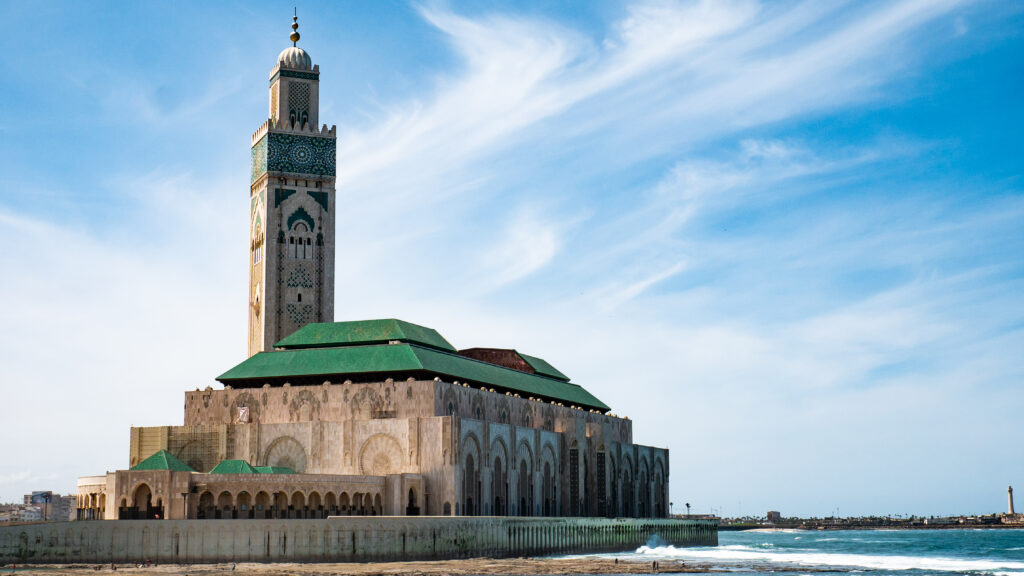
A vibrant Moroccan market scene with intricate tile work, featuring a majestic mosque in the background, surrounded by bustling activity, vivid textiles, traditional lanterns, and aromatic spices, capturing the essence of Islamic Moroccan culture, warm sunlight illuminating the details.
Key Takeaways
- Discover the enduring influence of Arabic and Moorish heritage on Moroccan culture
- Uncover the convergence of Berber and Arab traditions that shape Moroccan identity
- Explore the architectural marvels that embody the spirit of Islamic Moroccan design
- Gain insight into the pivotal role of Sufi spirituality in Moroccan life
- Savor the rich culinary traditions and the significance of Islamic dietary laws
Understanding Islamic Moroccan Culture and Its Historical Roots
Morocco’s culture is a mix of Moorish history, Berber traditions, and the Islamic Golden Age. Exploring this history, we see how it has shaped Morocco’s identity.
Ancient Moorish Influences on Modern Morocco
The Moorish civilization greatly impacted Morocco. It changed the country’s buildings, art, and society. You can see this in the kasbahs and zellige tilework.
The Convergence of Berber and Arab Heritage
Morocco’s Berber traditions blend with Arab culture. This mix is seen in the souks and Gnawa music. It has created a unique artistic scene.
Islamic Golden Age Impact
The Islamic Golden Age was a time of great growth. Scholars and thinkers came, making Morocco a center of learning. This era influenced architecture, literature, and science.
Traditional Moroccan Architecture: From Medinas to Mosques
Exploring Moroccan architecture takes you into a world of Islamic heritage and Moorish history. You’ll see ancient medinas and grand mosques. These show the lasting impact of Islamic and Moorish styles.
At the heart of Moroccan cities, the medinas are a living piece of history. They have narrow streets, packed houses, and beautiful doorways. The use of local materials and detailed designs make them both functional and artistic.
The mosques in Morocco are also breathtaking. Places like the Koutoubia Mosque in Marrakesh and the Hassan II Mosque in Casablanca are architectural wonders. They have tall minarets, beautiful domes, and intricate arches.
The mix of Berber, Arab, and Moorish styles makes Moroccan architecture unique. As you wander through cities and towns, you’ll see old traditions and new ideas come together. It’s a beautiful mix of culture and design.
The Art of Moroccan Craftsmanship and Design
Moroccan arts and crafts show the rich culture of North Africa. They include the detailed patterns of carpets and the stunning zellige tilework. Moroccan artisans have made a lasting impact on Islamic Moroccan culture.
Traditional Carpet Weaving Techniques
Carpet weaving in Morocco is a long tradition. Berber weavers have passed it down for generations. They use natural dyes and special knotting to make vibrant, unique carpets.
Each carpet is a piece of art. It shows the weaver’s skill in color, pattern, and texture. These carpets reflect Berber traditions and Islamic Moroccan culture.
Zellige Tilework Mastery
Zellige tilework is a key part of Moroccan craftsmanship. It’s found in mosques, palaces, and public areas. This technique involves placing hand-cut, glazed tiles in geometric patterns.
This process is very detailed. It creates a stunning, colorful effect. Zellige tilework is a key feature of Moroccan arts and architecture.
Metalwork and Leather Crafting
Moroccan artisans are also skilled in metalwork and leather crafting. They make beautiful brass lamps and leather goods like poufs and bags. Their work shows a deep respect for Berber traditions and Islamic Moroccan culture.
Moroccan craftsmanship and design show the country’s lasting cultural legacy. Looking at a handwoven carpet or zellige tilework gives a glimpse into Islamic Moroccan culture and Berber traditions.
Sacred Spaces and Religious Practices in Morocco
Morocco’s Islamic heritage is clear in its sacred places and religious acts. Mosques, madrasas, and zawiyas are found in Moroccan cities. They are centers for devotion, learning, and Sufi spirituality.
The grand mosques, like Hassan II Mosque in Casablanca, show Morocco’s deep Islamic roots. These places are more than just for prayer. They are where people come together for rituals and holidays.
Madrasas, or Islamic schools, are key in keeping Morocco’s culture alive. For centuries, they’ve taught the Quran and Islamic law to many students.
Zawiyas, or Sufi lodges, are also important. They offer a space for Sufism, a mystical part of Islam. Here, people practice meditation, chanting, and honor local saints, known as marabouts. The Sufi spirituality in these places has greatly shaped the Moroccan lifestyle and culture.
Moroccan Festivals and Religious Celebrations
Dive into the colorful world of Moroccan festivals and religious events. Here, Islamic Moroccan culture and Arabic influence meet. You’ll see unforgettable moments from Ramadan to local saints’ festivals and major Islamic holidays.
Ramadan Traditions in Morocco
Ramadan brings a special feeling to Moroccan culture. Families come together for iftar meals at sunset. They share delicious Moroccan foods.
The streets buzz with taraweeh prayers. You’ll smell harira soup and msemmen pastries everywhere.
Local Saints’ Festivals (Moussems)
Moussems celebrate Sufi saints across Morocco. These festivals mix Islamic culture with Berber traditions. Visitors enjoy music, rituals, and crafts.
Islamic Holiday Celebrations
Major Islamic holidays in Morocco are truly special. Eid al-Fitr and Eid al-Adha bring joy. Mawlid, the Prophet’s birthday, is a time for reflection.
The Role of Sufi Spirituality in Moroccan Life
Sufi spirituality deeply influences Moroccan culture. It shapes the country’s religious and daily life. This branch of Islam is rooted in Morocco, with a love for music, poetry, and quiet reflection.
In the Moroccan countryside, Sufi shrines and zawiyas (Sufi lodges) are common. They are places for spiritual growth and community. The Gnawa people, with African roots, show the lasting impact of Sufi traditions in Moroccan lifestyle.
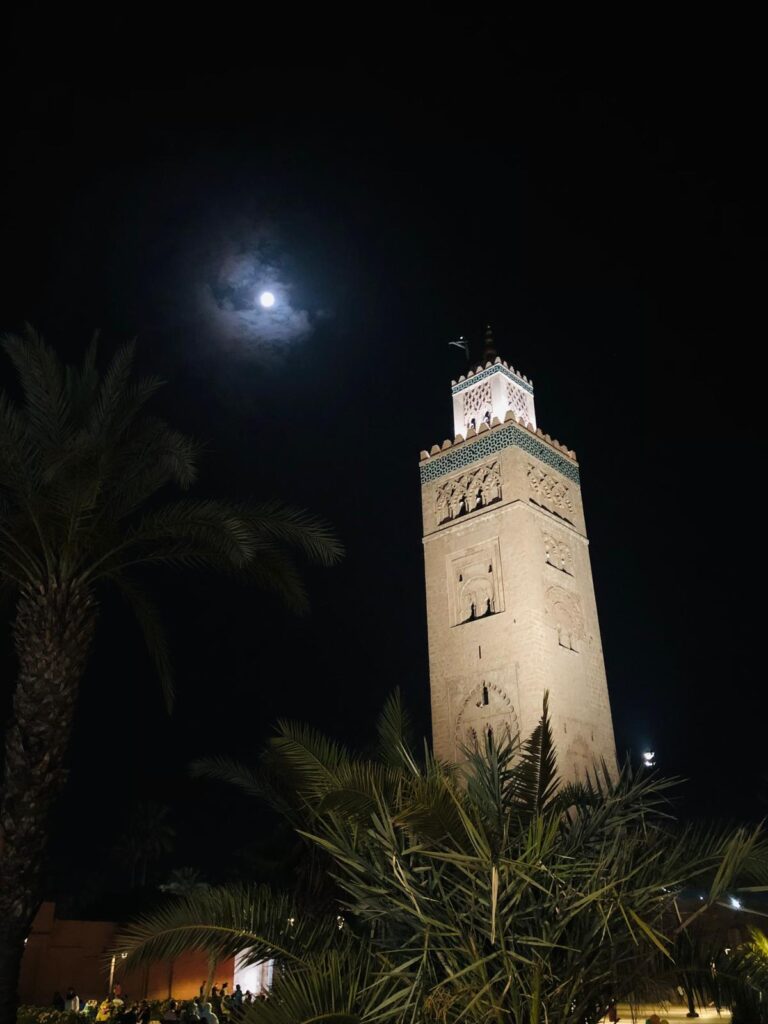
A serene Moroccan landscape showcasing the intricate architectural details of traditional mosques under a twilight sky, with whirling dervishes dressed in flowing white robes performing a spiritual dance, surrounded by lush greenery and vibrant Moroccan tile patterns, evoking a sense of peace and transcendence.
The power of Sufi spirituality is seen in Morocco’s poetry and literature. Poets like Abdelkader El Jilani and Muhammad al-Jazuli have greatly influenced Islamic Moroccan culture. Their mystical words inspire many Moroccans.
In medinas and souks, Sufi rituals and practices are alive. This spiritual connection shapes Morocco’s culture. It shows the lasting importance of Sufi spirituality in Moroccan society.
Moroccan Culinary Traditions and Islamic Dietary Laws
Moroccan cuisine is a vibrant mix of Islamic heritage and Arabic influence. At its core are halal food practices, traditional feasts, and the tea ceremony’s deep cultural meaning.
Halal Food Practices
In Morocco, following Islamic dietary laws is key. Chefs carefully choose ingredients and cooking methods to meet these rules. This dedication makes Moroccan dishes a blend of culture and faith.
Traditional Feast Customs
Meals in Morocco are more than food; they’re traditions. Families come together for big feasts during special times. These customs show the country’s Islamic and Arabic roots, highlighting community, hospitality, and love for food.
Tea Ceremony Significance
The Moroccan tea ceremony is a must-see. It’s not just about tea; it’s a way to show respect for Islamic and Arabic traditions. The way tea is poured, its smell, and sharing it together are all important parts of this tradition.
Moroccan food and Islamic laws show the country’s rich culture. They blend Islamic and Arabic influences beautifully.
Modern Interpretations of Islamic Moroccan Lifestyle
In Tangier’s medina, the streets buzz with life. They show how the Islamic Moroccan culture meets modern times. The Arabic influence and new ideas are changing the Moroccan lifestyle today.
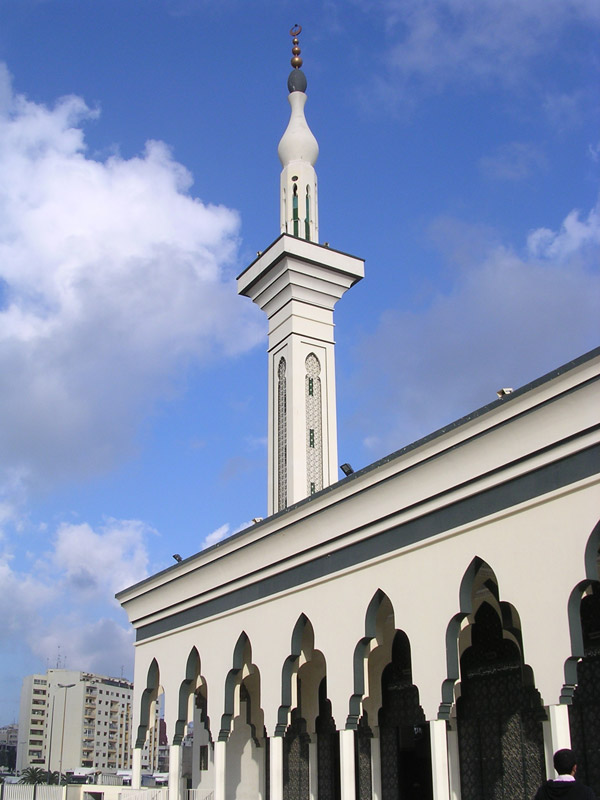
Photo credit : https://www.welovebuzz.com/en-images-les-plus-belles-mosquees-du-maroc/
A vibrant Moroccan street scene, showcasing modern interpretations of traditional Islamic architecture, with intricate tile work and a contemporary café, surrounded by palm trees and colorful market stalls, bathed in warm sunset light, highlighting the fusion of old and new lifestyles.
The old city’s alleys and the new city’s shops and cafes blend well. Moroccans mix old and new in their fashion and work. They update traditional crafts with modern touches.
In the cities, life moves to the beat of prayer and tech. Families enjoy Moroccan meals and try new foods. The Islamic Moroccan culture guides them, but they also look to the future.
Preserving Berber Heritage in Contemporary Morocco
In Morocco, the Berber culture is very important. It includes music, dance, and old customs. These traditions are a big part of the country’s Islamic culture.
Traditional Music and Dance
For years, Berber music and dance have amazed people. Today, artists work hard to keep these traditions alive. They hold festivals and teach new generations through cultural centers.
Ancient Customs in Modern Times
Even with modern changes, Berber traditions are still strong. They keep their old crafts and rituals alive. This shows how Berber culture can adapt and stay true to its roots.
Language and Oral Traditions
Keeping Berber languages and stories alive is key. Efforts to teach and document these are crucial. Storytelling and poetry help keep Berber culture vibrant in *Moroccan arts* and *Islamic Moroccan culture*.
Conclusion
As we end our journey through Islamic Moroccan culture, we feel deep respect for this land. The ancient Moorish influences have shaped its architecture. The mix of Berber and Arab heritage makes Morocco’s culture truly amazing.
The Islamic Golden Age has deeply influenced Moroccan society. It adds a spiritual touch to every part of life. Mosques, crafts, and celebrations all show the essence of Islam in Morocco.
Thinking about Islamic Moroccan heritage shows us tradition’s power. Moroccan food and Sufi spirituality draw people in. The preservation of Berber customs shows the culture’s strength and ability to change.

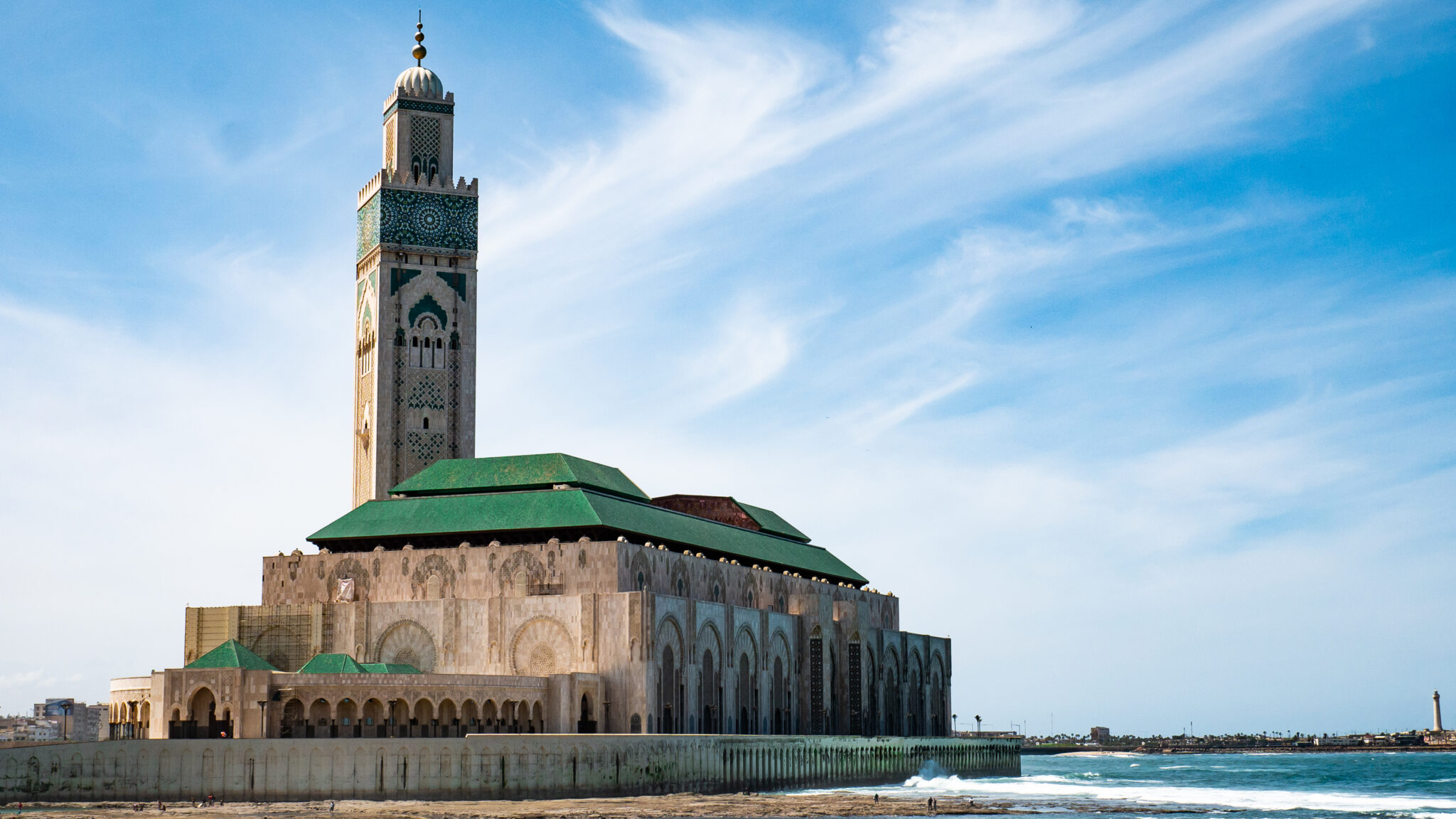
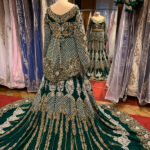
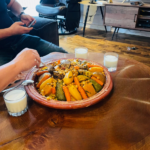
Pingback: Moroccan Jewish Heritage: A Thousand Years of coexistence - Moroccan Wealths: the Rich Tapestry of Traditions, Flavors, and Destinations!
Pingback: Fez Pottery: From Clay to Handmade Masterpieces - Moroccan Wealths: the Rich Tapestry of Traditions, Flavors, and Destinations!